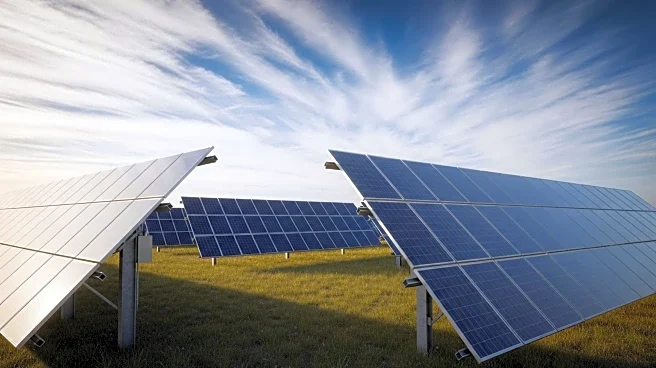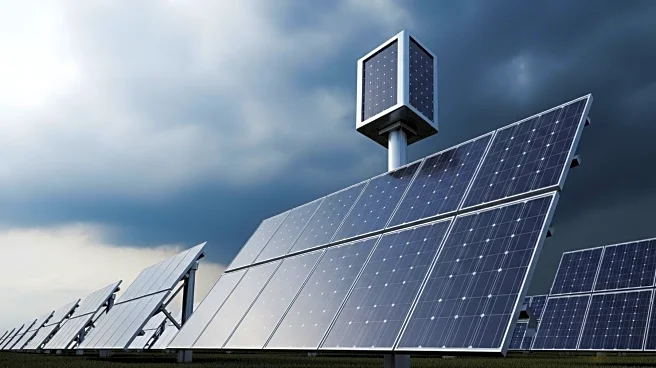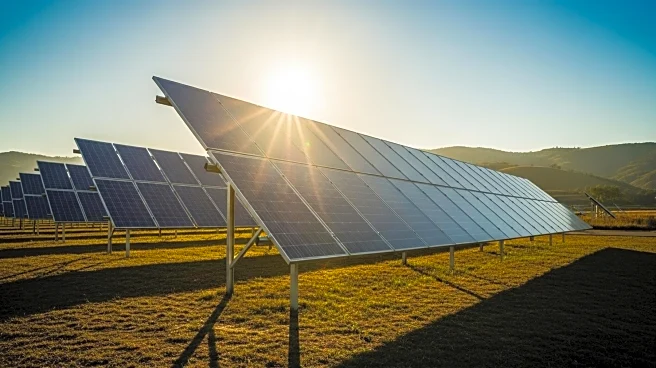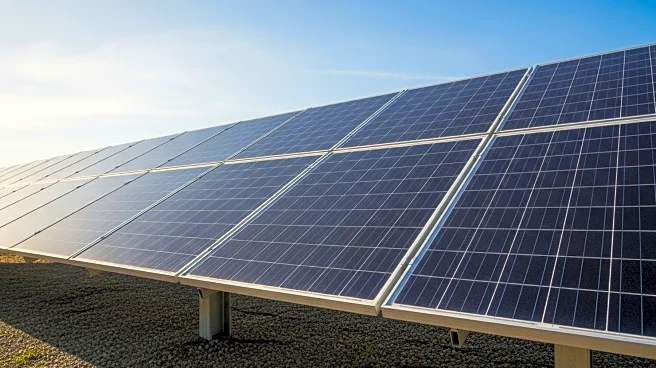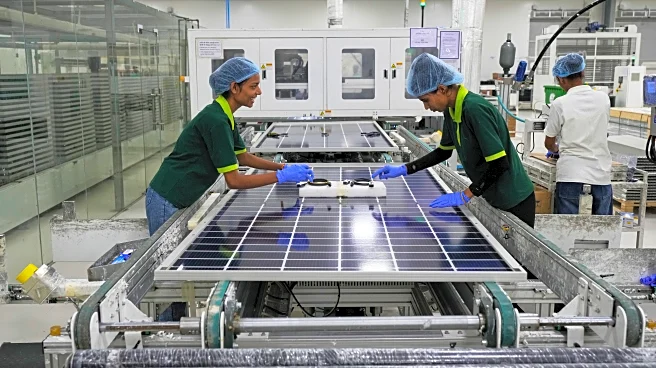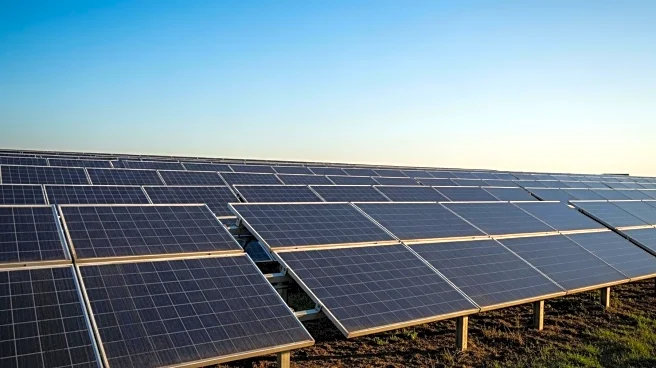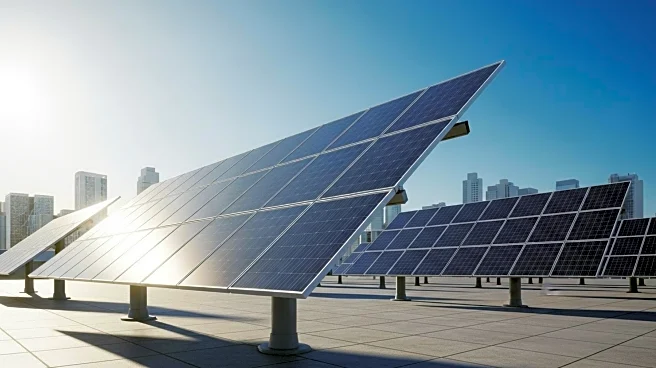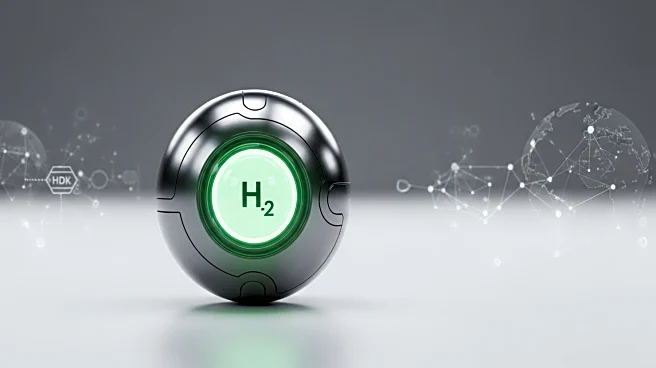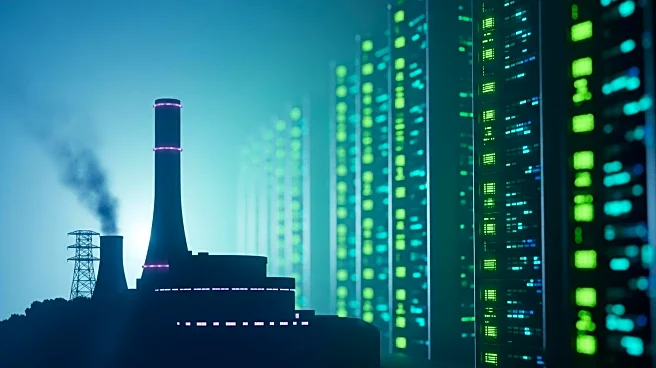What's Happening?
As utility-scale solar farms grow, they face increased exposure to natural disasters, particularly hailstorms. Best practices in solar farm damage evaluation are evolving, incorporating new inspection technologies and forensic engineering experience. Drone-based thermography is gaining popularity for assessing damage, using infrared cameras to detect temperature anomalies. However, it should be supplemented with ground-based diagnostics and methodical testing protocols to ensure accurate assessments and effective repairs.
Why It's Important?
With the rise of extreme weather events, solar farms must adopt robust damage evaluation methods to minimize downtime and repair costs. Effective damage assessment is crucial for maintaining renewable power generation and supporting the energy transition. By combining high-tech solutions with proven practices, solar farm operators can make informed decisions, ensuring safety and efficiency. The discussion at the RE+ trade show highlights the importance of innovation in renewable energy infrastructure.
What's Next?
The RE+ trade show will continue to explore advancements in solar farm damage evaluation, promoting collaboration among industry stakeholders. As technology evolves, new methods may emerge to enhance damage assessment and repair processes, influencing industry standards and practices.


